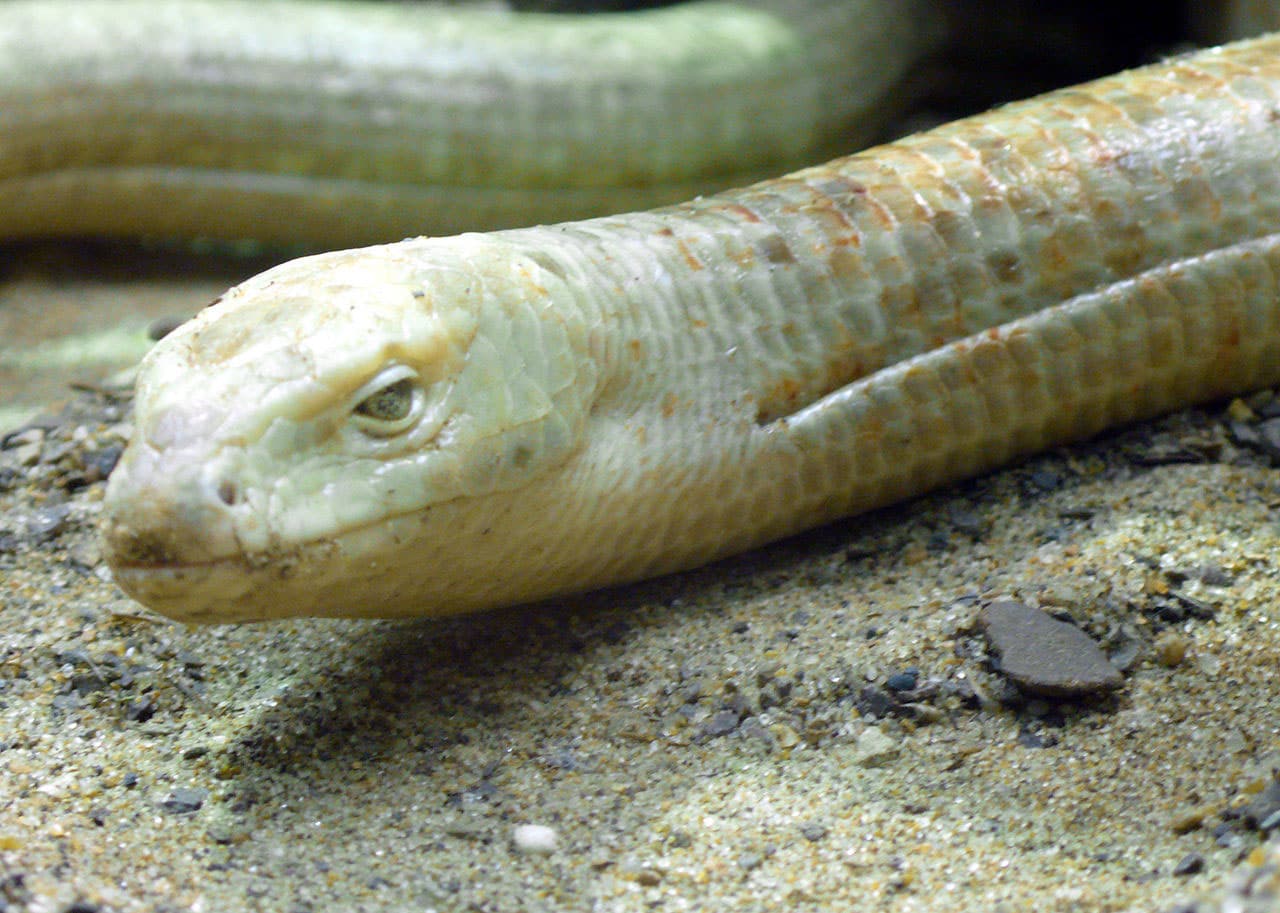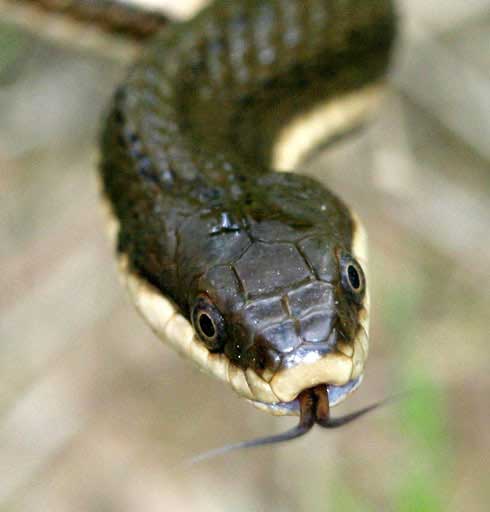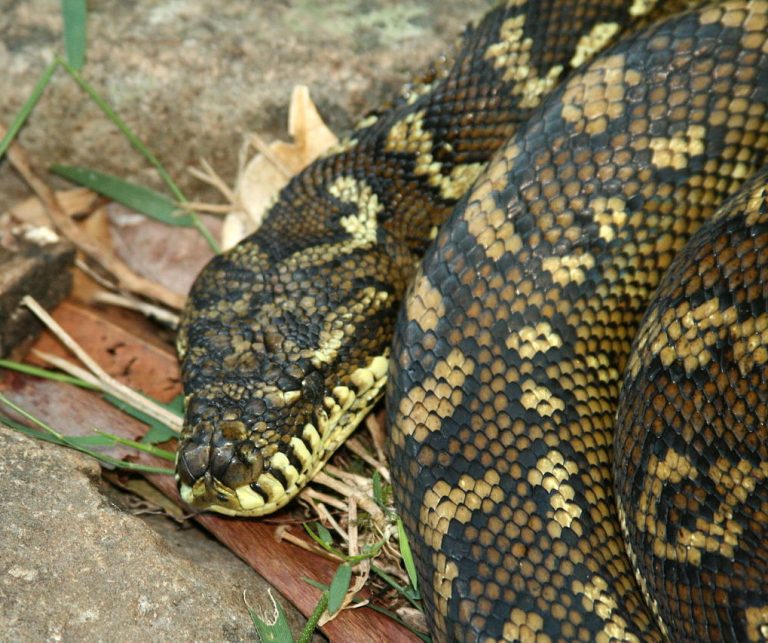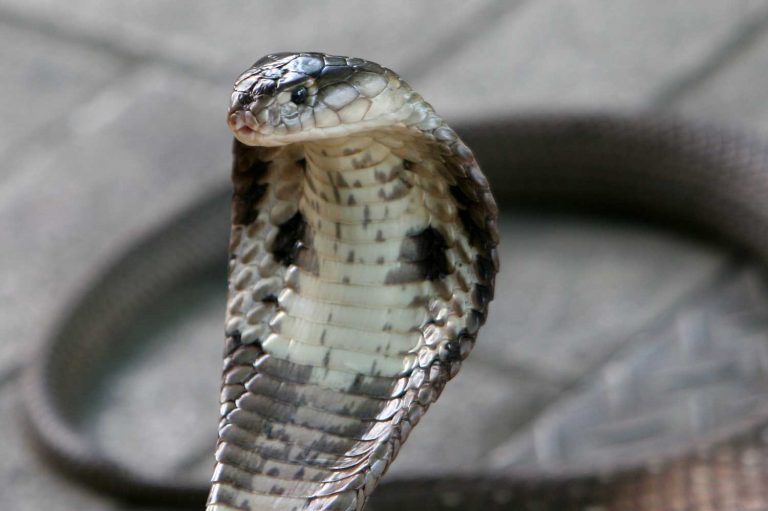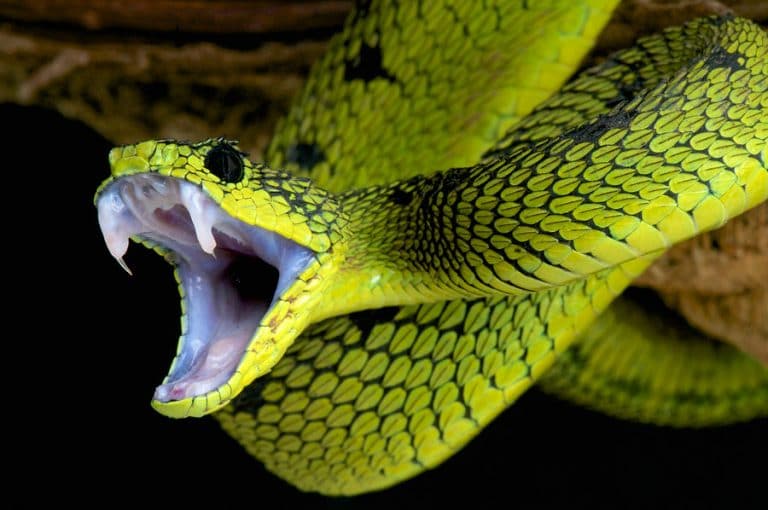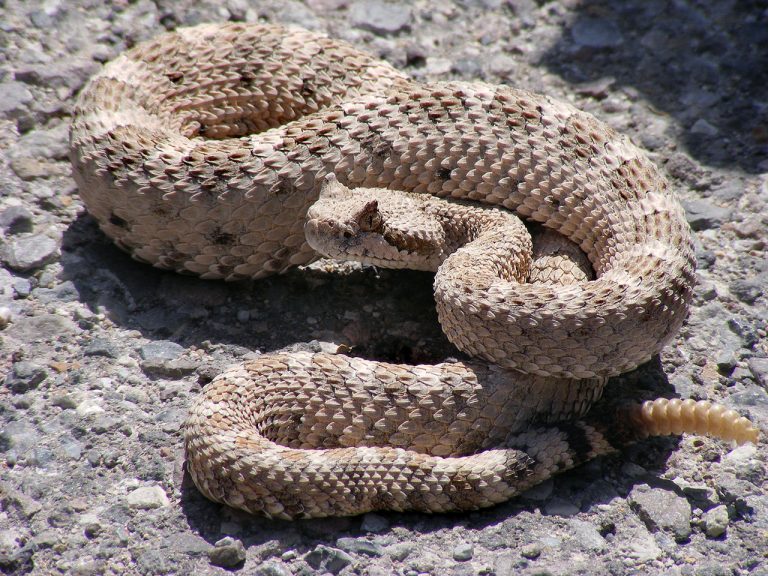Glass Snake
Scientific Classification
| Kingdom: | Animalia |
| Phylum: | Chordata |
| Subphylum: | Vertebrata |
| Class: | Reptilia |
| Order: | Squamata |
| Suborder: | Lacertilia |
| Family: | Anguidae |
| Subfamily: | Anguinae |
| Genus: | Ophisaurus |
Glass Snakes belong to the genus Ophisaurus, which, in Greek, means Snake lizards. This is not surprising since glass snakes are not really snakes. They are lizards! Most species of glass snakes do not have legs. For example, the eastern glass lizard Ophisaurus Ventralis is a species of legless lizards endemic to the Southeastern part of the US. The shape of the head, external ear vents, and moveable eyelids help to confirm that they are lizards. A few species of glass snakes have very minute, stubby legs, which are basically vestigial (evolved, but no longer used) organs. Many people call these reptiles jointed snakes. They reach a length of around four feet. The tail comprises two-thirds the length of the reptile.
Like many lizards, they drop their tails to divert the attention of predators. In the case of this species, the tail breaks into several pieces, like glass. Hence the name, glass lizards.
Anatomy
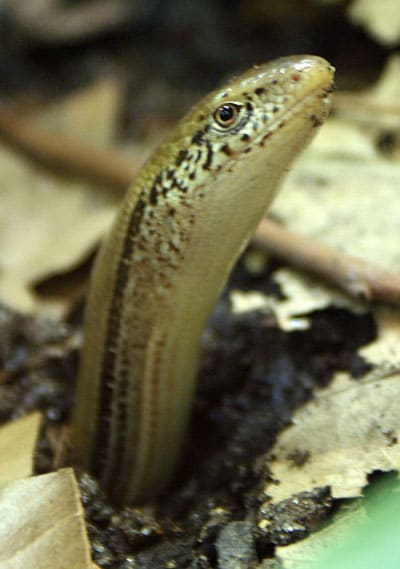
Adult glass snakes range in length from 18 inches to a maximum of four feet. The tail accounts for the major portion of the length. The body is covered with scales, black, brown or olive in color, spotted with green. The underside of the Glass snake is greenish-white. If you examine the vent area of some species, you can spot tiny spurs, which resemble that of a boa or a python.
They are closely related to Alligator Lizards. The shape of the head, body, the lateral fold and conical teeth will remind you of alligator lizards. They may look like snakes, but certainly do not feel like snakes, when you hold them. The body is firm, not soft and supple like snakes.
Behavior
Individual glass snakes vary in their behavior. Some will squirm if you try to hold them. Quite a few will try to bite. Most of them become tame quickly enough. Some exhibit their affection pushing their snouts against your hand.
Habitat
Glass snakes are distributed all over the world. However, the maximum number of these species in the genus Ophisaurus, are native to the Asian continent We can see them in India, Indonesia and China. The Moroccan glass lizard is native to North Africa, while we can find many species in the southeastern parts of the United States. They are even seen in the Barrier Islands, off Florida’s Atlantic coast. They are plenty in North Carolina, forty miles away from the Atlantic.
As a Pet
Breeding
Glass snakes or Lizards start breeding very early in the summer. The females deposit many eggs in the dense foliage of the forests or under logs. The females take care of the eggs till they hatch. This is not characteristic of many types of snakes or lizards. These lizards seldom breed in captivity.
Housing
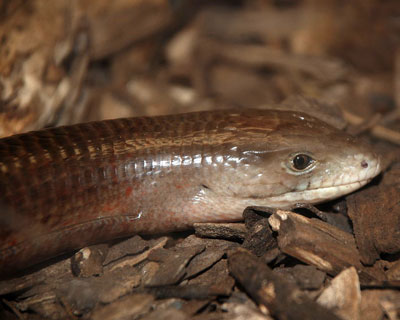
These reptiles are most active at dawn and dusk (crepuscular). Basically, they are ground dwellers. They do burrow on occasions. You should arrange a suitable substrate in the enclosure provided to allow the creatures to burrow. A mix of sterile sand, potting soil, pieces of orchid bark with bark slabs as hides will do for the substrate. You can also provide branches for climbing and rocks for hiding under. You need to provide a water bowl that they can get into and out of, easily.
Remember to provide a proper cave or shelter. They should preferably be round. You can put in other decorations to suit the substrate that you use. The lizards move using the obstacles in their path, to push the body forward. Too frictionless a substrate will hinder their easy movement. The temperature in the enclosure can be around 70 to 85 degree F. At night, you can reduce the temperature by 10 to 15 degrees. You do not have to provide UVB lighting. Make sure that they get some exposure to unfiltered sunlight.
Food
Glass snakes feed mainly on arthropods. The larger animals feed on snails and even small mammals. Being carnivores, you should give them a regular supply of slugs along with vitamin supplements for them to stay healthy. You can also feed them earthworms, mealworms, crickets, canned monitor or Tegu Food and pinky mice. You can offer raw eggs as a special treat.
Handling
If and when you handle a glass snake, make sure you stabilize the tail. Since regrowing a tail needs huge amounts of energy, many lizards are not able to reproduce till the regrowth process is complete. Lizards use their heads to try and push their way out; many see this as an attempt to bite.

Having discovered a fondness for insects while pursuing her degree in Biology, Randi Jones was quite bugged to know that people usually dismissed these little creatures as “creepy-crawlies”.

